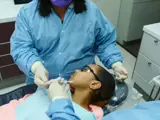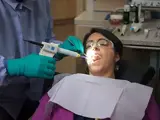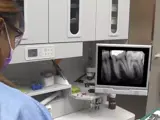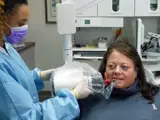Overview
The use of anesthesia has become an important part of dental practice and has been fundamental in offering oral healthcare to individuals who may have otherwise been left untreated.
This course discusses a variety of pain and anxiety control procedures that are available for use in dentistry. The most commonly used method of pain control is local anesthetic agents, which have been essential in decreasing pain and discomfort during dental treatment. Local anesthetics help manage pain by injecting an anesthetic solution near the nerve where dental treatment is to take place.
This course explains the dental assistant’s role in knowing and understanding the various anesthetic solutions and techniques used when administering local anesthesia. The dental assistant will also understand how to properly prepare, safely transfer, and care for the aspirating syringe and other items needed for the procedure.
You’ll learn
- the most common methods of anesthesia in dental practice
- relevant medical terminology
- important safety considerations
- pre-procedure and post-procedure considerations
- correct recording and reporting procedures
- how to prepare anesthetic for delivery
- to understand the different injection sites and which needles are appropriate for each
- to visualize the anatomy of the teeth, gums and the nerves surrounding the upper and lower teeth
- the common clinical scenarios where anesthetic is utilized
- to practice and perfect your skills in the delivery of anesthetic during dental procedures
- the impact of the state Dental Practice Act.
- much more (see “content details” for more specific information)















